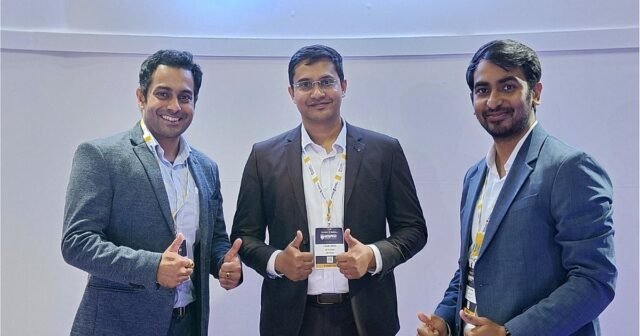Beyond defence, how can MIRA support civilian applications?
MIRA is designed to make advanced imaging more accessible across sectors:
1. Agriculture: Multispectral imaging can monitor crop health, soil conditions, and water usage, enabling precision farming.
2. Climate monitoring: Constellations of small satellites can track atmospheric changes, deforestation, glacier retreat, and carbon emissions.
3. Urban planning: High-resolution imaging supports land-use analysis, infrastructure development, and sustainable growth.
4. Disaster management: Satellites equipped with MIRA — or drones with LUMIRA — can provide real-time situational awareness during floods, wildfires, and cyclones.
How are you ensuring quality and reliability as you scale manufacturing?
The transition from prototype to space-qualified systems is the most critical stage of our journey. Having achieved ultraprecision optics manufacturing with HHV, the next step is comprehensive space qualification at ISRO facilities, including vibration, thermal vacuum, and environmental testing to simulate launch and orbital conditions. These tests will validate reliability ahead of our upcoming flight heritage missions with SpaceX and ISRO.
How will you deploy your recent Rs 10.5 crore funding?
The funding will support four key areas:
1. Preparing MIRA for ISRO and SpaceX launches to establish flight heritage and enable exports.
2. Scaling the LUMIRA drone payload series with AI-enabled processors, indigenous gimbals, and swappable systems.
3. Expanding drone detection and anti-drone systems with advanced EO/IR payloads and multi-range detection.
4. Advancing iDEX defence integration, with field trials already underway.
What’s next for EON Space Labs?
Our TakeMe2Space mission will be a pivotal milestone. Once completed alongside ISRO’s certification and space-grade testing, it will boost confidence among satellite manufacturers and integrators, paving the way for adoption in swarm satellite missions. Beyond that, we plan to launch the full LUMIRA EO/IR series for drones, UAVs, and ground-based systems, develop next-gen hyperspectral and AI-enabled payloads, scale manufacturing, and expand globally.
What advice would you give to young engineers and deep tech entrepreneurs?
Deep tech and space are exciting frontiers but demand patience and precision. Unlike software, timelines are longer and error margins are zero. Master the fundamentals, celebrate small wins, and embrace multi-year R&D and certification cycles. Collaboration is crucial — partnerships with industry, investors, and government accelerate progress. Think global, build local. Leverage India’s strengths in cost-effective engineering while aiming for world-class standards. Most importantly, stay mission-driven and resilient. Setbacks are inevitable, but the impact of seeing your technology serve critical needs is incomparable.






